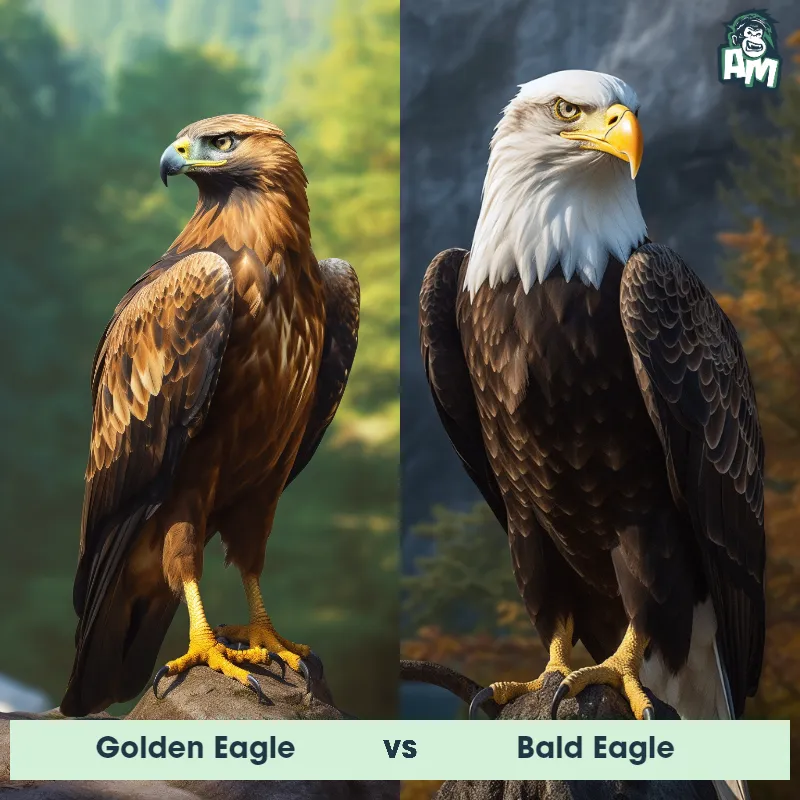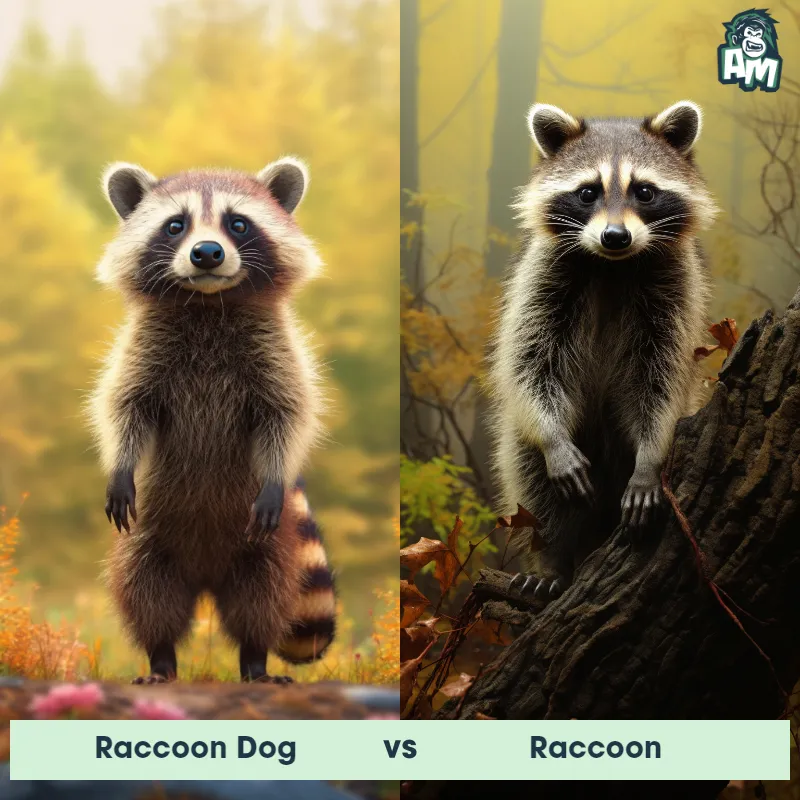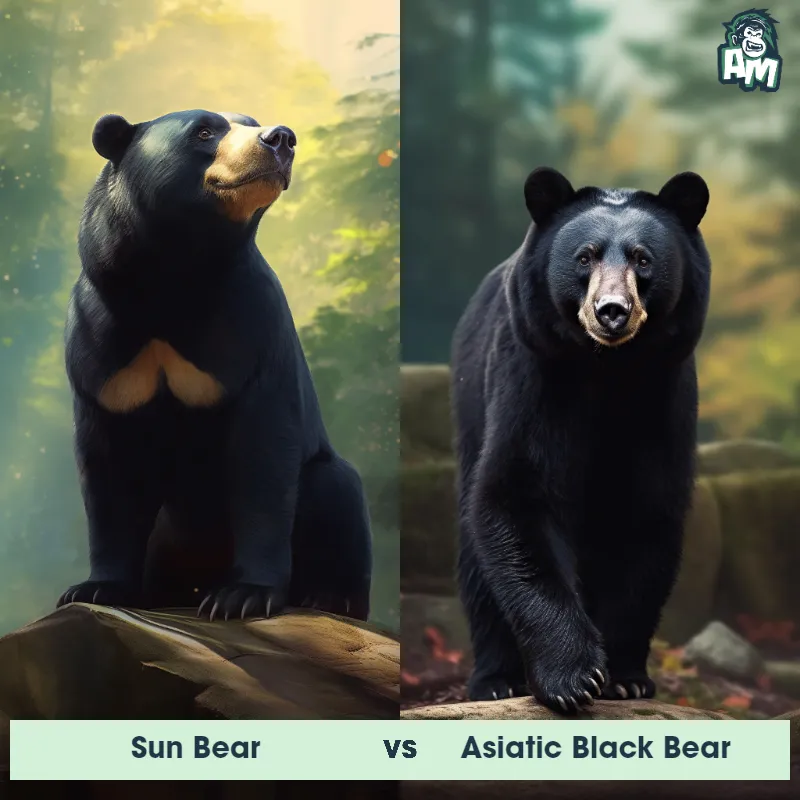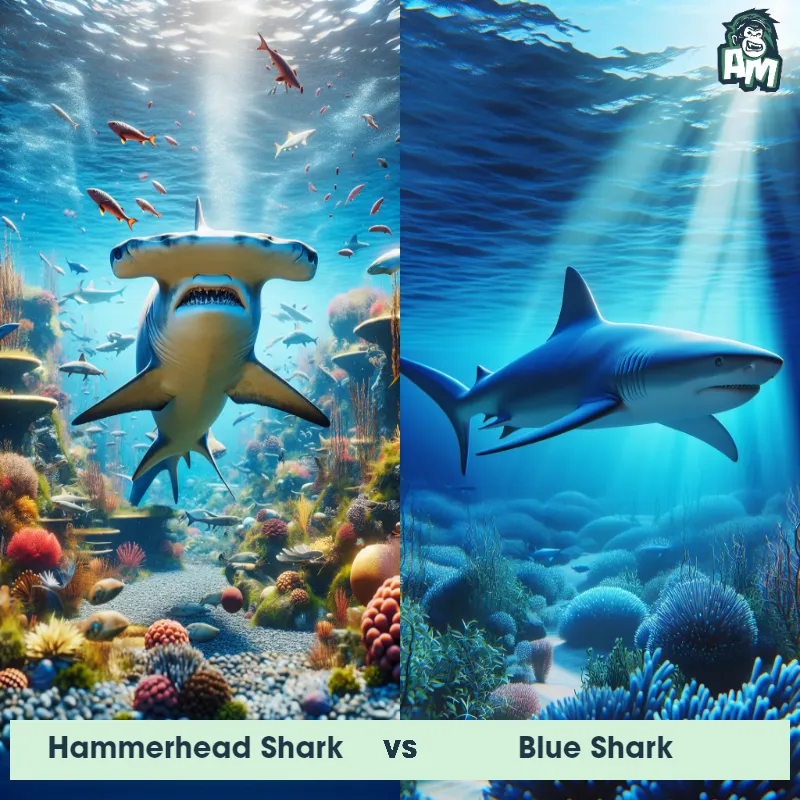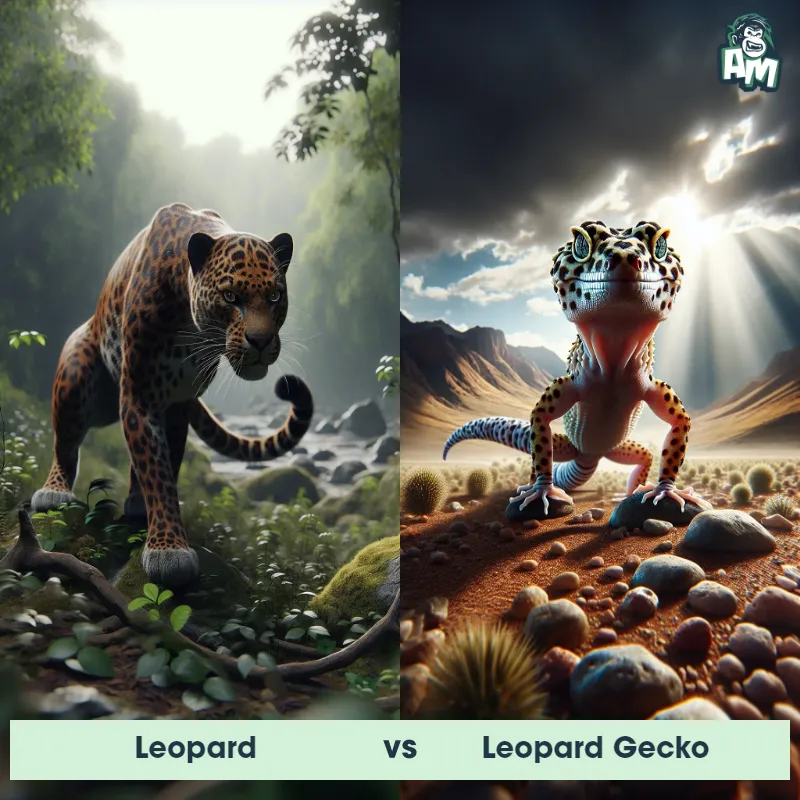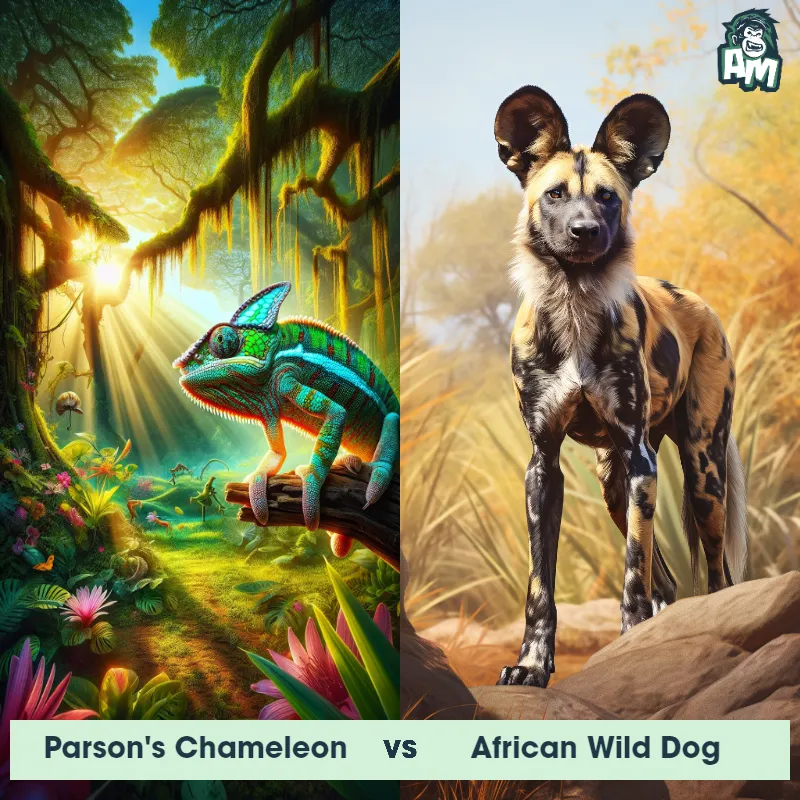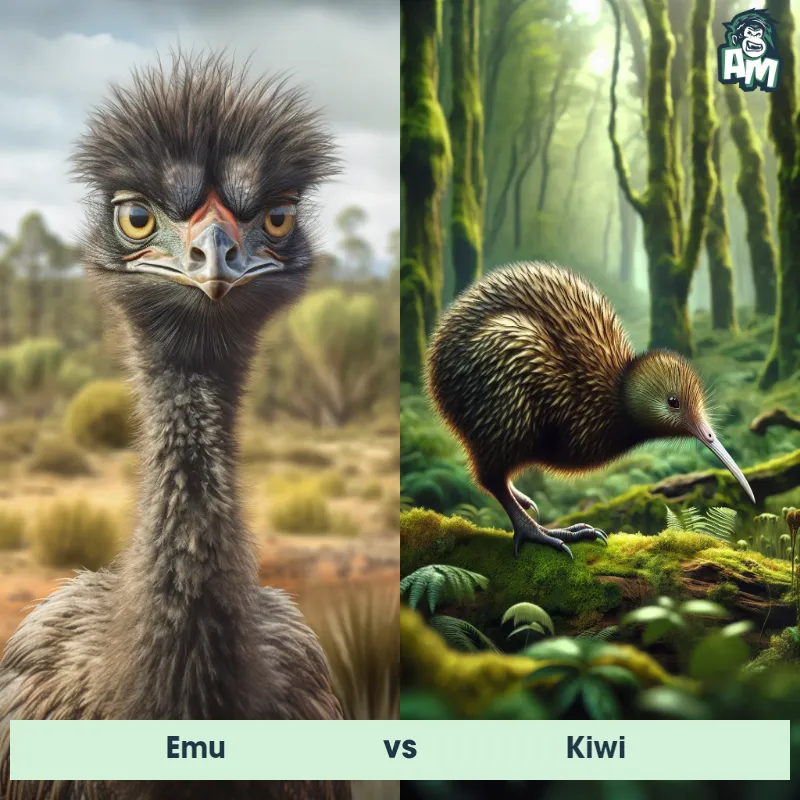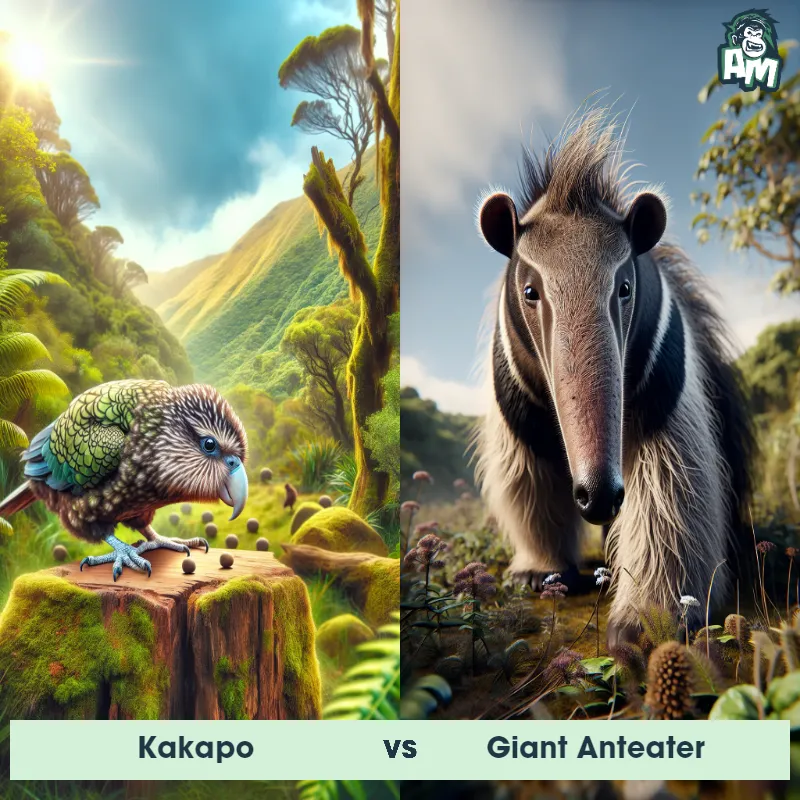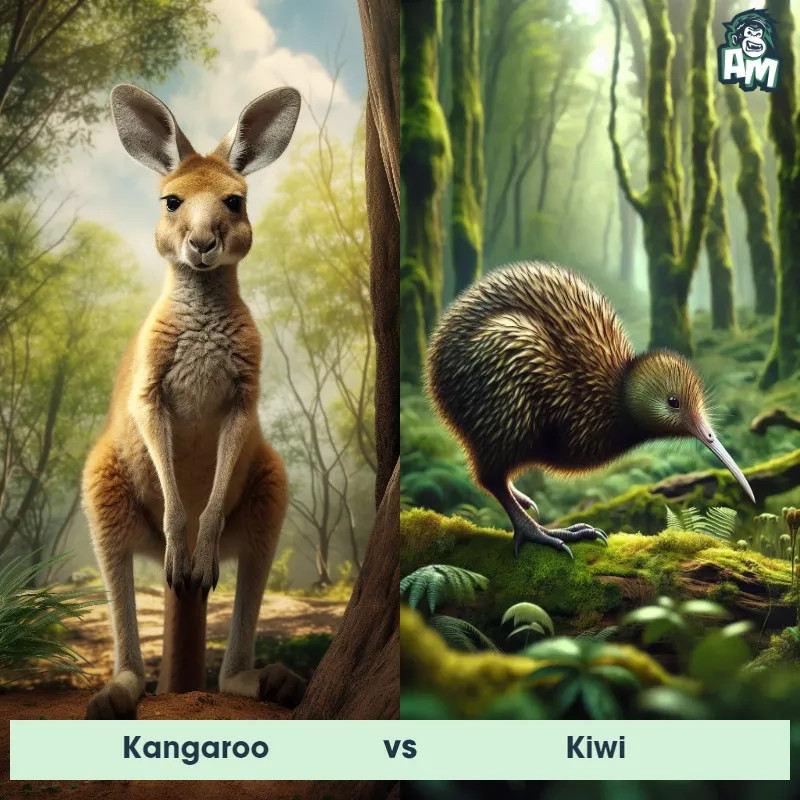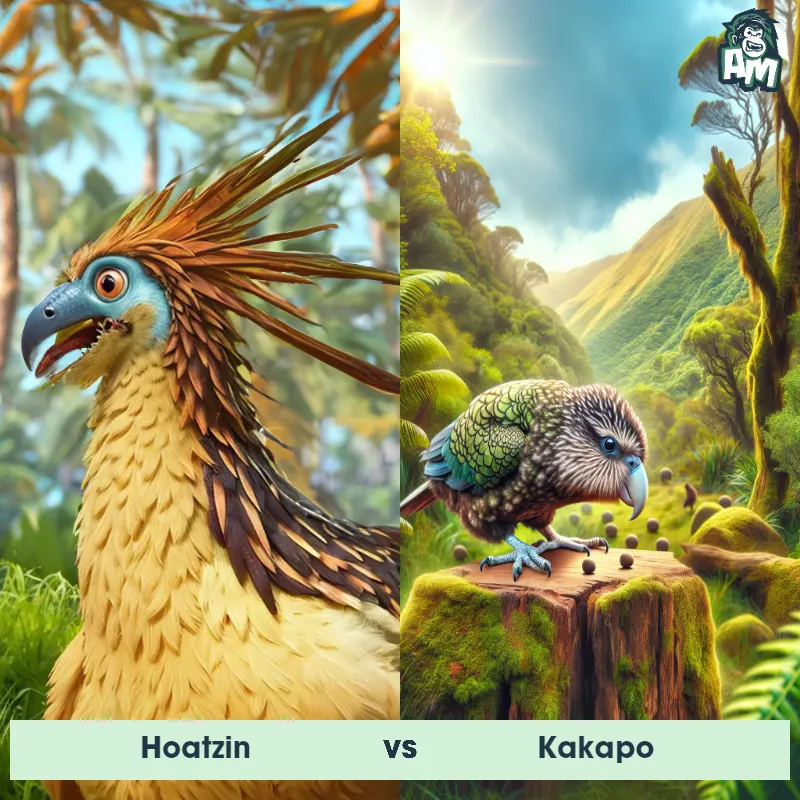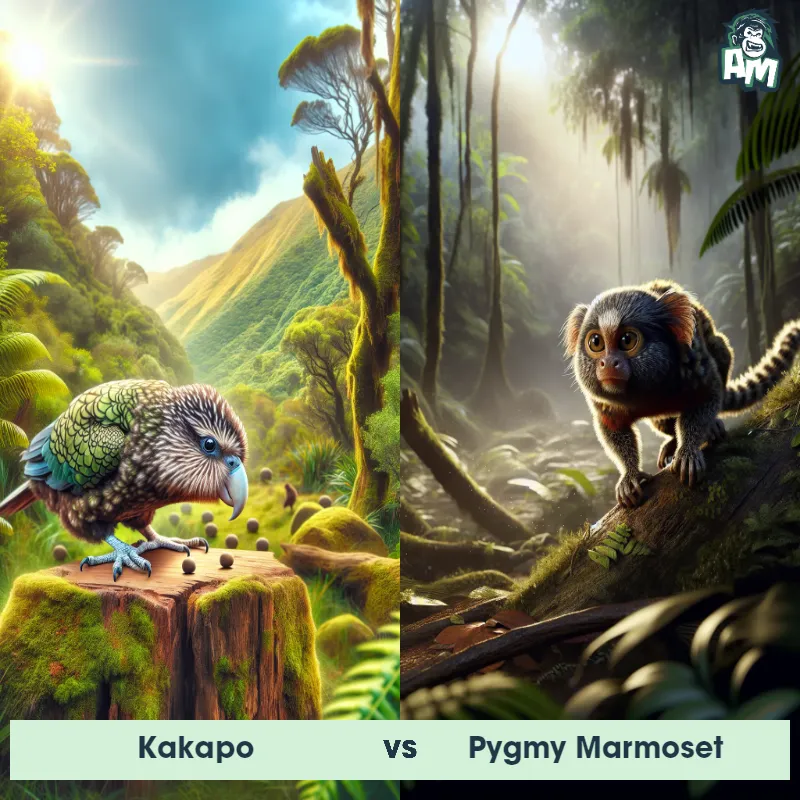Kakapo vs KiwiSee Who Wins
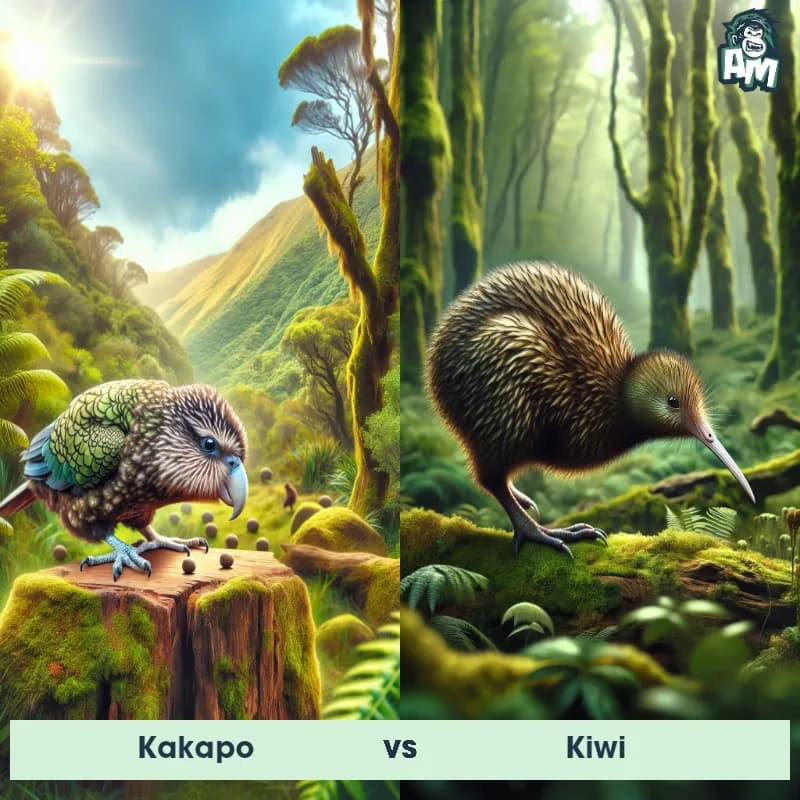
Ladies and gentlemen, welcome to this thrilling matchup between two fascinating creatures of the avian world! We have a Kakapo squaring off against a Kiwi in what promises to be an electrifying three-round fight. Both these competitors possess unique abilities, and tonight, they're ready to showcase their skills in a battle for dominance.
Contender 1: Kakapo
The Kakapo, also known as the "owl parrot," is a unique and endangered species native to New Zealand. This flightless bird is the heaviest parrot in the world, with an average weight of around 4 kilograms. It has a distinctive green plumage, which provides excellent camouflage in its natural forest habitat. One of its most notable features is its short wings, which limit its ability to fly long distances but help it maneuver adeptly through the trees. The Kakapo also has a long lifespan, with individuals living up to 90 years in the wild.
Fun Fact: The Kakapo holds the title for being not only the world's heaviest parrot but also the only nocturnal parrot species, making it rather rare among birds.
Contender 2: Kiwi
The Kiwi is a flightless bird native to New Zealand and is known for its unique appearance and behavior. It is about the size of a domestic chicken, with a round body covered in brown, hair-like feathers. The Kiwi has a long, thin beak that is used to probe the soil in search of insects and worms, as it is primarily a nocturnal and ground-dwelling bird. Interestingly, the Kiwi has vestigial wings that are useless for flying, but instead aid in balance and maneuvering through dense vegetation.
Fun Fact: One fascinating fact about the Kiwi is that it has nostrils located at the end of its long beak, which is unusual for a bird. This unique adaptation allows the Kiwi to have an exceptional sense of smell, helping it find food buried beneath the forest floor, even in complete darkness.
Matchup Stats
| Kakapo | Kiwi | |
|---|---|---|
| Size | 60 cm (24 in) | 14-18 inches (35-45 centimeters) |
| Weight | 4 kg (8.8 lbs) | 3-8 pounds (1.4-3.6 kilograms) |
| Speed | 3mph (4.8km/h) | 2mph (3.2km/h) |
| Key Strength | Agility and climbing skills | Strong legs and sharp claws |
| Biggest Weakness | Flightlessness | Inability to fly |
Current Votes
Kakapo vs Kiwi
See Who Wins
View More Matches
Looking For More?
Similar Matches
Scientific Stats
| Kakapo | Kiwi | |
|---|---|---|
| Scientific Name | Strigops habroptila | Apteryx |
| Family | Strigopidae | Apterygidae |
| Habitat | Dense forest | Forests, grasslands, and shrublands |
| Geography | New Zealand | New Zealand |
| Diet | Herbivorous, mainly feeds on leaves, bark, fruits, and seeds | Insects, worms, fruits, seeds |
| Lifespan | 58 years - 90 years | 15 years - 25 years |
Key Differences between Kakapo and Kiwi
- Plumage: Kakapos possess soft and fluffy feathers that give them a somewhat "powder puff" appearance, while Kiwis have a more coarse and shaggy plumage that appears more rigid in comparison.
- Facial features: Kakapos exhibit a rather large facial disc, which gives them a distinctive owl-like appearance, while Kiwis have a long and slender bill, along with prominent whiskers at the base of their beak, giving them a slightly curious and alert expression.
- Size: The Kakapo is a significantly larger bird, measuring about 24-25 inches in length and weighing around 4-8 pounds, whereas the Kiwi is quite small, typically reaching only about 16-18 inches in length and weighing just 2-7 pounds.
- Coloration: Kakapos have predominantly green feathers that blend in well with their forest habitat, while Kiwis have a more varied appearance, with a combination of brown, gray, and black feathers, which help camouflage them in their forest floor environments.
- Body Shape: Kakapos have a robust and stout body with strong wings that allow for limited flight, while Kiwis possess a plump and round body shape, with vestigial wings that are virtually non-functional.
- Beak: The Kakapo exhibits a relatively large, sturdy beak that is ideal for crushing and eating a variety of plant materials, nuts, and fruits, whereas the Kiwi has a long, slender beak that allows it to probe the soil in search of insects and worms.



